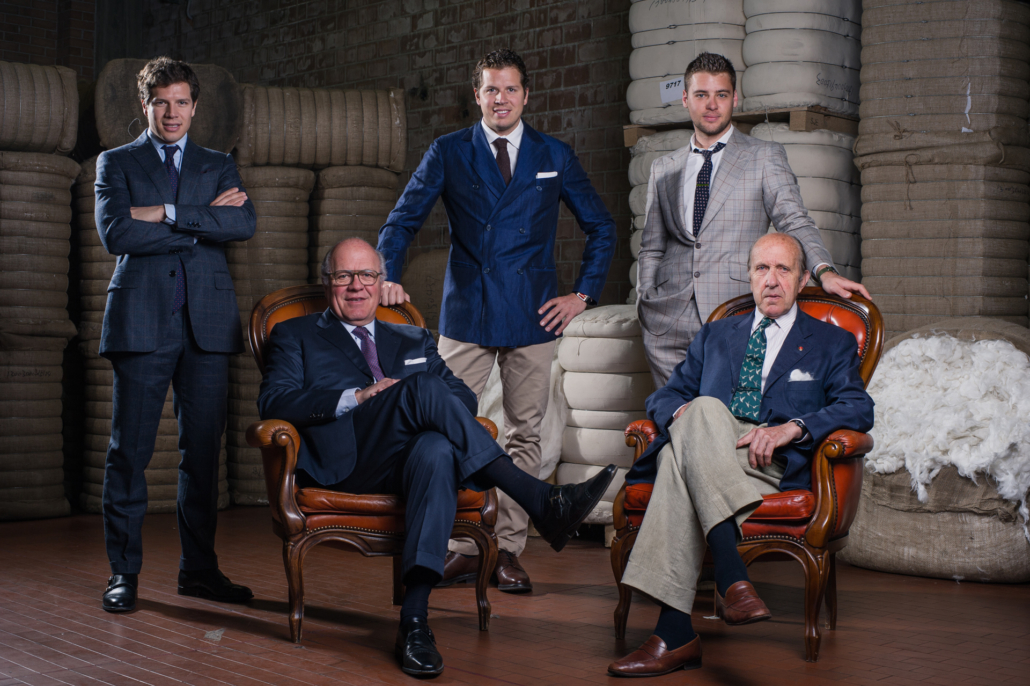Pollone | Piacenza 1733
A crisp December day in sub-Alpine Piedmont found me on an exclusive behind-the-scenes tour of what seemed more like an operating theatre than a textile mill, guided by none less than proprietor Carlo Piacenzaand his son Vasiliy. Now the Piacenzas are no ordinary family like yours and mine. The mill just outside Biella has had their name on it for more generations than you can count on your fingers, one of only 200 industries world-wide with such a long dynsasty. It still stands in this extraordinary location on a hillside in Pollone, immersed in a 57-hectare botanical park including a vast cascade of rhododendrons and framed by the snowy peaks of the French and Italian Alps. Here, they’ve been weaving superb fabrics and creating unique designs for the world’s most prestigious brands for three whole centuries. And cashmere is the bottom of their range: from there we move up to baby llama, camel hair, Alashan cashmere imported from Inner Mongolia, choice vicuña yarn from the Andes, and qiviut, the delicate underwool of the Arctic muskox (googling it revealed a kind of prehistoric goat), the rarest, softest, warmest and most expensive natural fibre on the planet, said to be eight times warmer than sheep’s wool.
Totally fascinated by Carlo’s explanations, I asked him if I could take pictures for Urban Italy inside the production area. ‘Of course!’ came the reply. ‘There’s no secret to what we do. Other companies may try to imitate our processes, but they all cut corners, aiming to economise. Here at Piacenza 1733 we have a Zero Compromise policy on production and quality, whatever that may cost in terms of time and resources. Our clients (Gucci, Valentino, Prada and Chanel, to name but a few) aren’t just clients; we consider them long-term partners on an extraordinary journey, as are the 200 people working with us in the factory – some of whom are fourth-generations employees.’ ‘Then there’s the matter of water’, continues Carlo. ‘In Biella we have our own springs and the water has practically no calcium. You’d be hard put to find such conditions anywhere else in the world.’
Talking of zero compromise, Piacenza is the only textile company, to my knowledge, still using natural dried thistles in the carding process – whence the logo. It might work out around a thousand times cheaper to comb the fibres with specially-designed industrial cards, ‘but after a few years of wear you can see the difference on the cuffs and collar…’, says Carlo. After three hours with the Piacenzas, I walked out into a brisk sub-zero Alpine breeze with a warm feeling of optimism. With every other Italian obsessed by the damn crisi, it was a rare and refreshing thing to find business people who really believe in what they do, who have a positive outlook and the charisma to convey their convictions. Sincere thanks to Carlo and Vasiliy for giving me a crash PhD in Textile Technology, to Stefano my Biella guide-for-a-day for inviting me over, and to Maria Elena for unconsciously starting the whole ball rolling.
Quality for me is a pleasant obsession
Carlo Piacenza





